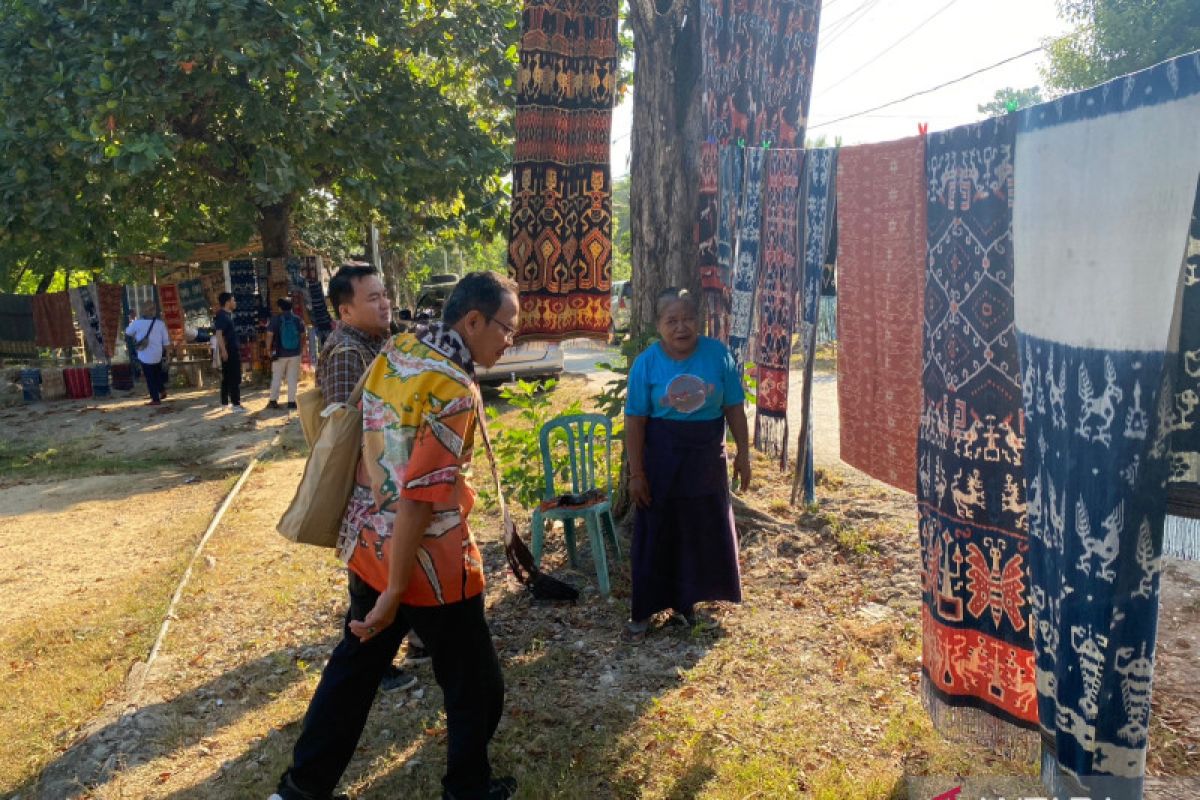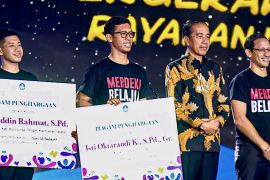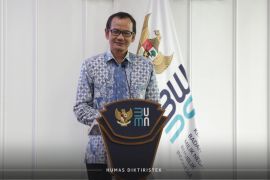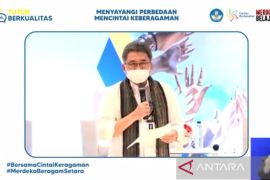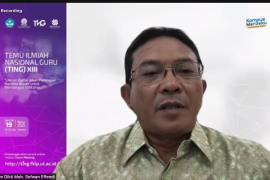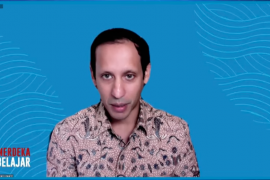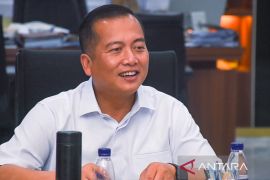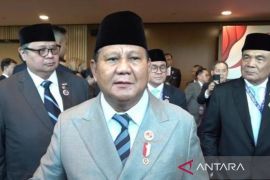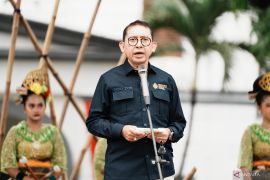"In Sumba, woven cloth is not merely to complement people's needs; it has been an integral part of the people's lives,” director of cultural utilization development at the ministry, Irini Dewi Wanti, told ANTARA here on Friday.
She said locals do not wear the woven fabric as embellishment only while attending significant events as it holds a deeper meaning to them.
"They use it as their daily garment and even require it during a customary ceremony or ritual, where they cannot just wear any pattern arbitrarily because they need to fit (with the ceremony)," the official informed.
With the woven fabric becoming an integral part of the Sumba people’s lives, there are now a diverse collection of 85 ikat patterns that reflect each group's characteristics through their design or coloring techniques, Wanti explained.
"When a weaver starts their work, imagination (in terms of the pattern) is all on their mind, and all the patterns have meaning. If we inherit this to the future generations, they must understand (the pattern's meaning)," she expounded.
To preserve the woven fabric that the Sumba people consider priceless, residents should purchase it and study the meaning behind its patterns, she said.
This would also prevent the original Indonesian woven fabric art from becoming extinct, she added.
Earlier, a weaver at Raja Prailiu Village, Ari Prailiu, said that though it provides the main source of income for most Sumba people, ikat fabric is not merely a commodity to be bought or sold for its beautiful patterns.
Each woven pattern has its own meaning, he noted. For instance, the prawn pattern symbolizes life and rebirth, the crocodile nobility, and the chicken signifies closeness to nature.
"It is not merely a fabric; it contains the philosophy of life, and each pattern comes from the weaver's heart," Prailiu emphasized.
Each village also has its distinct coloring technique, hence, the colors of the woven fabric differ from place to place, he added.
"We hope more guests will come here because we are not selling only the fabric, but we are also keen to introduce our history and destination to help them understand," Prailiu said.
Related news: Ministry collecting data on woven textile ecosystem of East Sumba
Related news: Ministry reiterates commitment to preserving traditional fabric art
Translator: Hreeloita DS, Nabil Ihsan
Editor: Rahmad Nasution
Copyright © ANTARA 2023
